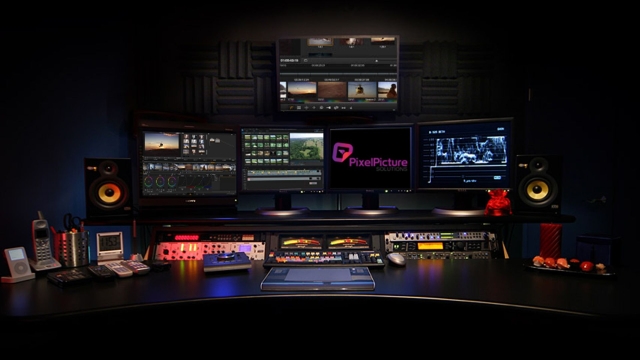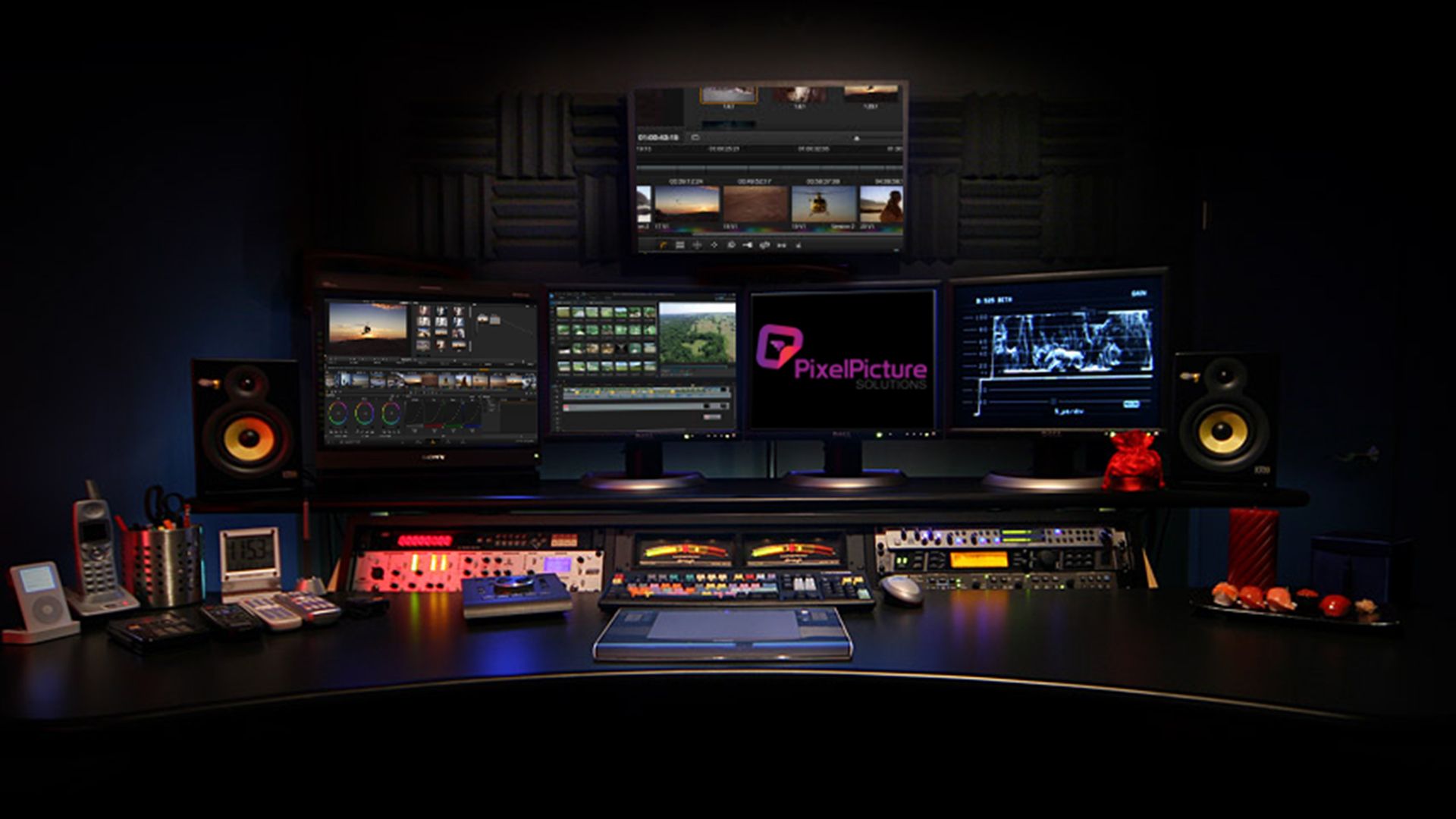
Transform Your Footage: Mastering the Art of Video Editing

Video editing is an essential skill in today’s digital world, enabling creators to transform raw footage into compelling visual stories. Whether you are a budding filmmaker, a vlogger, or simply someone passionate about capturing life’s moments, mastering video editing can elevate your work to new heights. With the right techniques and tools, you can enhance the narrative, evoke emotions, and engage your audience like never before.
In this journey of video editing, you will learn how to effectively piece together your clips, adjust audio levels, incorporate graphics, and apply transitions that keep viewers glued to the screen. The magic lies not only in cutting and rearranging footage but also in understanding how to convey your vision through careful manipulation of time and visuals. Dive into the art of crafting stunning edits, and discover how this creative process can breathe new life into your footage.
Essential Tools for Video Editing
When it comes to video editing, having the right tools is crucial for achieving professional results. Depending on your skill level and budget, there are various software options available. Industry-standard programs like Adobe Premiere Pro and Final Cut Pro offer advanced features that cater to both seasoned editors and newcomers. These tools support a wide range of video formats, provide effects and transitions, and allow for detailed color correction, which can elevate the quality of your projects.
In addition to editing software, hardware also plays a significant role in the editing process. A powerful computer equipped with a fast processor and ample RAM ensures smooth performance during editing. An external monitor can enhance your workspace, allowing for a more precise view of your footage. Additionally, consider investing in a good set of headphones or studio monitors for reliable audio editing, as sound quality is just as important as visual fidelity.
Finally, there are several online resources and plugins that can enhance your editing capabilities. Stock footage websites, sound effect libraries, and plugin marketplaces offer additional assets that can elevate your videos. Learning platforms provide tutorials and courses on video editing techniques, helping you to master the tools and improve your skills over time. With the right combination of software, hardware, and additional resources, you can transform your footage and take your video editing to the next level.
Techniques to Enhance Your Edits
One effective technique in video editing is the use of cutaways. Cutaways allow you to insert supplementary footage that enhances the narrative or adds context to a scene. For example, if you’re editing an interview, cutaway shots of the interviewee’s surroundings or the audience’s reactions can create a more immersive experience for viewers. This method not only keeps the visual interest alive but also helps to illustrate points made during the conversation.
Color grading is another powerful tool in the world of video editing. By adjusting the colors, contrast, and brightness of your clips, you can dramatically change the mood and feel of your footage. A warm color tone can evoke feelings of nostalgia, while cooler tones might create a more detached or somber atmosphere. It’s essential to establish a consistent color palette throughout your project to ensure cohesion and reinforce the story you are trying to tell.
Finally, mastering transitions can significantly elevate the quality of your video edits. Smooth transitions between scenes can guide the viewer’s eye and maintain the flow of the story. Experimenting with different types of transitions—such as cross dissolves, wipes, or fades—can help create a dynamic viewing experience. However, it’s important to use transitions judiciously; too many flashy effects can distract from the content rather than enhance it.
Common Mistakes to Avoid
Compare Options
One common mistake many video editors make is overlooking the importance of planning before diving into the editing process. Effective editing begins with a clear understanding of the story you want to tell and the emotional impact you wish to create. Rushing into editing without a storyboard or a shot list can lead to disorganized footage and a muddled narrative. Take the time to outline your vision and organize your clips to streamline the editing process.
Another frequent pitfall is neglecting audio quality. While visuals are crucial in video editing, poor audio can ruin the viewer’s experience. Many editors focus solely on cutting and arranging clips while forgetting to check for audio inconsistencies, background noise, or unclear dialogue. Always prioritize sound mixing and enhancement to ensure your final product is polished and engaging.
Lastly, many editors fall into the trap of overusing effects and transitions, which can distract from the content. While it’s tempting to show off various techniques and filters, excessive embellishments can overwhelm the audience and detract from the story. Aim for a balanced approach by using effects strategically to enhance the narrative rather than overshadow it.



